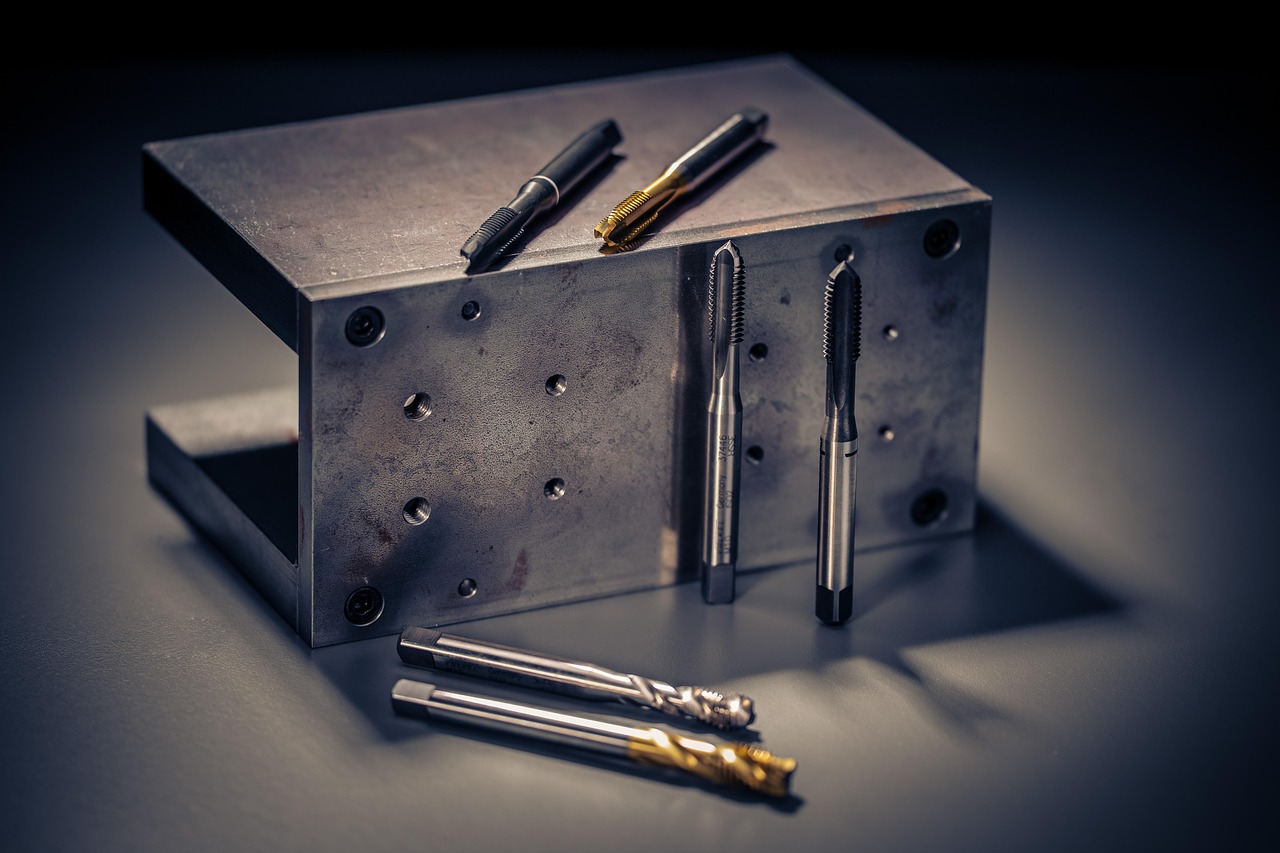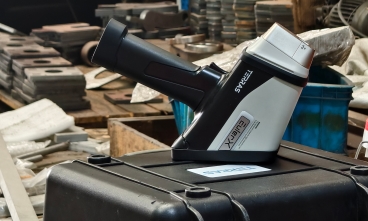
XRF Technology
A high-tech enterprise focusing on the development and application of X-ray technology products, committed to becoming a leading supplier of X-ray industrial testing solutions.
XRF Portable for Art and Cultural Heritage: A Non-Invasive Analysis Tool
In the world of art conservation and cultural heritage preservation, non-invasive techniques have become invaluable tools for studying and protecting precious artifacts. One such groundbreaking technology is Portable X-ray Fluorescence (XRF), a technique that allows experts to examine the composition of objects without causing any damage. In this blog, we’ll explore how Portable XRF works, its significance in the art and heritage fields, and its diverse applications in ensuring the longevity of invaluable cultural assets.
What is Portable XRF?
Portable X-ray Fluorescence (XRF) is a scientific technique used to analyze the elemental composition of materials. The "portable" aspect refers to the ability to use XRF equipment in situ, meaning it can be taken to the location of the artifact rather than requiring the object to be transported to a laboratory. XRF works by emitting X-rays onto a material, which then causes the atoms in the material to fluoresce. This emitted fluorescence is captured and analyzed to identify the elements present in the material and their concentrations.

Unlike traditional methods, XRF analysis is non-destructive. This means that there’s no need to take samples or alter the original object in any way, which is particularly important when dealing with sensitive or fragile cultural heritage items.
Why Is XRF Important in Art and Cultural Heritage?
Non-Invasive Nature: One of the primary advantages of Portable XRF is that it can be conducted on-site without harming or altering the artifact. This is crucial when dealing with irreplaceable cultural treasures such as ancient manuscripts, sculptures, paintings, or ceramics. The ability to conduct tests without taking physical samples minimizes the risk of damage.
Quick Results: Portable XRF provides near-instantaneous results, making it a time-efficient tool for curators, conservators, and researchers. Within minutes, experts can identify the elemental composition of a material, allowing for quicker decision-making when it comes to conservation or restoration projects.
Invaluable for Authentication and Provenance Studies: XRF can be used to authenticate artworks and cultural artifacts. By comparing the composition of an object with known data from similar pieces, experts can confirm whether an object is a genuine artifact or a modern reproduction. Additionally, analyzing the materials used in ancient art can help trace the origin of objects, contributing to studies of provenance and trade routes in antiquity.
Guiding Conservation Efforts: The chemical composition of an object can reveal a lot about its condition, age, and any previous treatments it may have undergone. Understanding these factors allows conservators to make informed decisions on how to best preserve or restore the object. For example, XRF can detect the presence of metals, pigments, or other materials used in artworks, helping to preserve the original aesthetic and structural integrity of the piece.
Multi-Material Analysis: Portable XRF is capable of analyzing a wide range of materials, including metals, ceramics, pigments, and even the fibers of textiles. This versatility makes it an essential tool in various fields of art and cultural heritage, from studying ancient pottery and sculptures to examining the pigments in a painting or the metal alloys used in a historical artifact.
Applications of Portable XRF in Art and Cultural Heritage
Analyzing Paintings and Pigments: In the study of historical paintings, Portable XRF is used to analyze the pigments and binding agents. This is important for identifying the exact materials used by the artist and for determining the age of the painting. Additionally, it can help conservators identify any degradation or chemical changes in the pigments, which may require restoration efforts.
Examining Ancient Textiles: Portable XRF can be used to analyze textiles and dyes in archaeological collections. The ability to identify the elements in the fibers and dyes helps researchers understand ancient dyeing techniques, textile production, and even the trade networks of ancient civilizations.
Characterizing Metals and Alloys: Historical metal objects, such as coins, weapons, or sculptures, can be examined using Portable XRF to determine the alloys used in their creation. This analysis can offer insights into the technological advances of past civilizations and help in determining the authenticity of an object.
Studying Ceramics and Pottery: XRF is also used to analyze the composition of ceramics and pottery. This analysis can reveal information about the materials used in ancient pottery, such as clay types, tempering agents, and glazing materials, which can provide valuable information about the cultural and geographical origins of the objects.
Non-Destructive Dating: In some cases, XRF can even be used in combination with other scientific techniques to aid in the dating of artifacts. For instance, the presence of specific elements or isotopes in an object may provide clues about when it was made, offering a non-destructive alternative to traditional dating methods like radiocarbon dating.

Terras EulerX900 Handheld Alloy Analyzer
XRF spectrometry has long been a trusted method for metal analysis, offering efficiency, reliability, and portability for quality control in metal processing. The EulerX 900 series delivers fast, precise results with advanced electronics and algorithms, enabling non-destructive testing of materials, finished products, and in-process parts. Its intuitive touchscreen displays alloy grades and compositions instantly, requiring minimal training and no sample preparation. The analyzer handles solids, liquids, and powders, making it ideal for alloy identification, scrap recycling, precious metals analysis, and PMI.
Conclusion
Portable XRF is a game-changer in the world of art and cultural heritage conservation. Its ability to deliver accurate, non-destructive analysis of materials makes it a crucial tool for preserving the past while respecting the integrity of valuable objects. From authentication and provenance studies to guiding conservation efforts, Portable XRF enables researchers and conservators to gain a deeper understanding of cultural artifacts and ensures that these treasures are preserved for future generations. With this technology, we can continue to unlock the secrets of the past without compromising the longevity of the artifacts themselves.
Join Us
Subscribe to our email list for updates & promotions.



